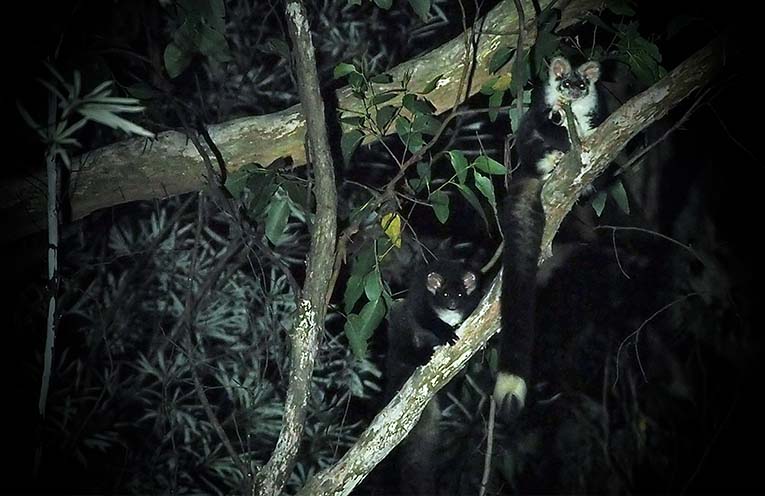
THE Environment Protection Authority (EPA) recently announced a change to the Coastal Integrated Forestry Operations Approval (CIFOA) protocol, which it says requires the retention of additional hollow bearing trees and will provide greater protection for greater gliders.
EPA Chief Executive Office Tony Chappel said the revised conditions would apply in state forests where there are records of southern greater gliders.
 Advertise with News of The Area today.
Advertise with News of The Area today.It’s worth it for your business.
Message us.
Phone us – (02) 4981 8882.
Email us – media@newsofthearea.com.au
“We know protection of this species across the landscape, including in state forests, is critical to assist the southern greater gliders now and into the future,” he said.
“The requirement for nocturnal surveys will play a complementary role along with the tree retention changes.
“Work will continue to determine if these new rules are working as intended and we may consider further improvements if required.”
Forestry Corporation of NSW (FCNSW) will be required to undertake nocturnal surveys for endangered southern greater glider dens.
Survey results will be required to be made available to the NSW EPA within seven days of completion.
Extra tree retention requirements (previously announced) include a 50-metre exclusion zone around known recorded locations of greater glider dens and protection of extra greater glider trees in addition to existing hollow bearing and giant tree requirements:
North Coast Environment Council (NCEC) Vice-President Susie Russell said the changes will fail to protect gliders.
“Today’s announcement by the Environment Protection Authority that they are reverting to a rule that failed to protect greater gliders in the 20 years of logging it was operational, is worse than high farce.
“Two weeks ago they introduced a requirement to keep more very large trees.
“The problem with that is most forests no longer have enough trees that size for the requirement to make a difference.
“We suggested they make it the largest trees, but they insisted on putting a size limit that renders the measure ineffective.”
Ms Russell said protection of a small area only works if FCNSW spotters are lucky enough to see a glider entering or leaving a tree hollow.
“The tragedy is that greater gliders are probably the easiest animal to protect,” she said.
“They have a small home range of around three hectares.
“If they didn’t log within 100 meters of where a glider was seen, there would be a chance for these precious and unique marsupials to survive into the future.
“Citizen scientists are finding them hanging on in pockets of forest that still have enough trees with hollows for them to nest in.
Ms Russell said if the impediment to protecting greater gliders from becoming extinct across even more of their range is logging contracts, then Governments should buy out those contracts.
“It’s a small price to pay to ensure greater gliders survive another generation,” she said.
By Andrew VIVIAN